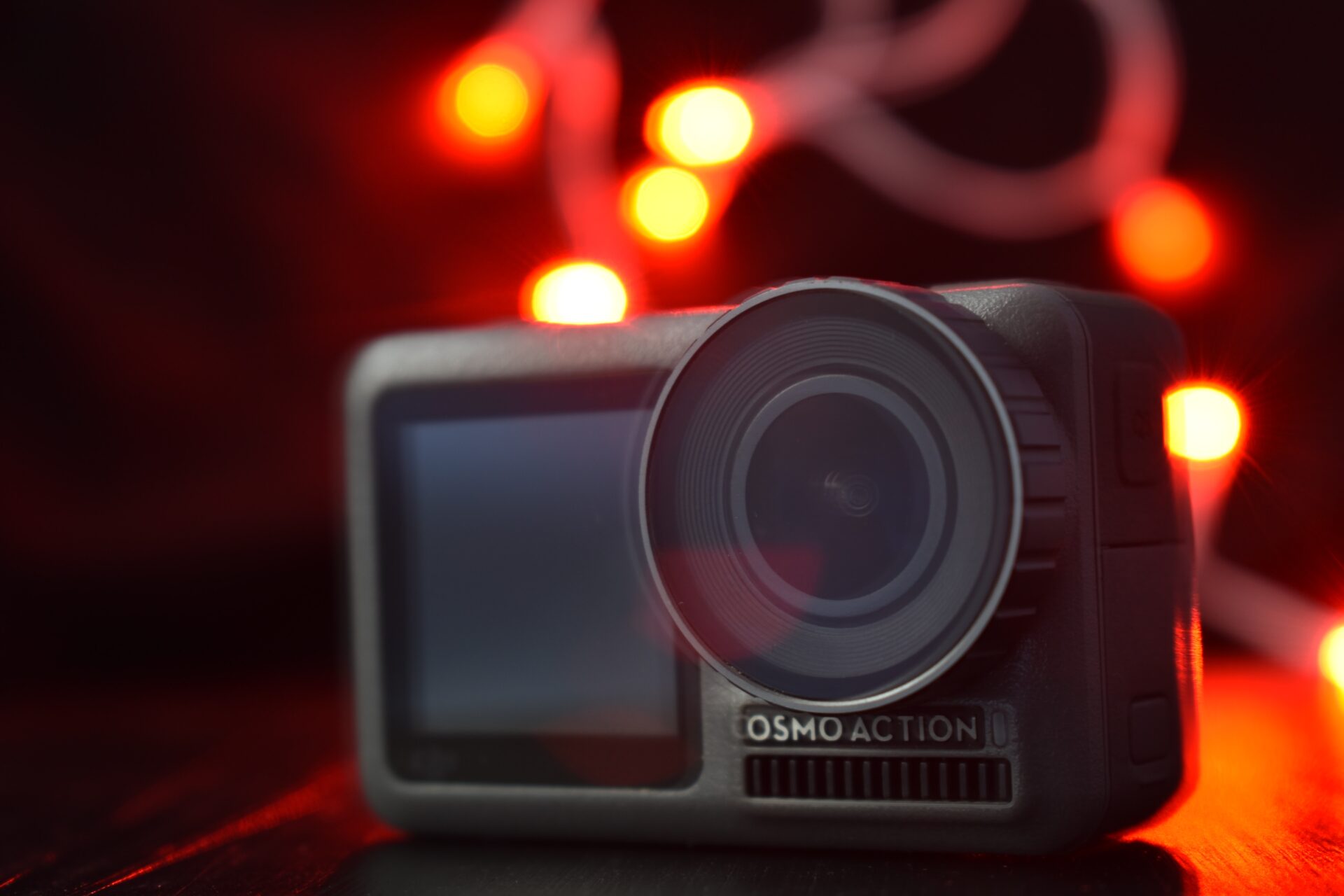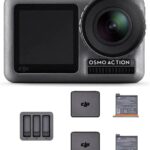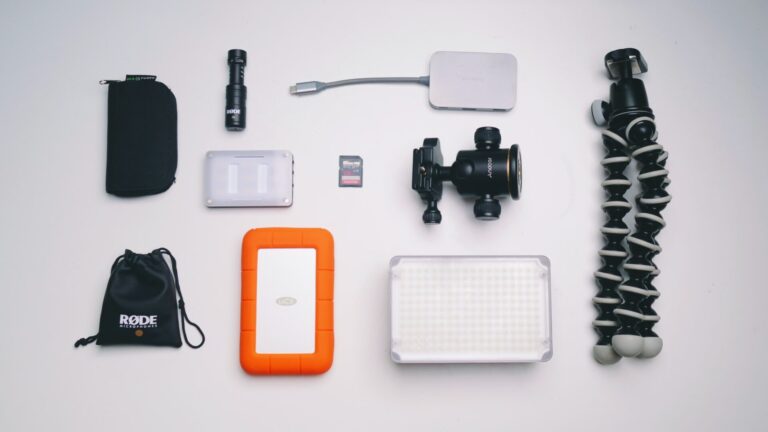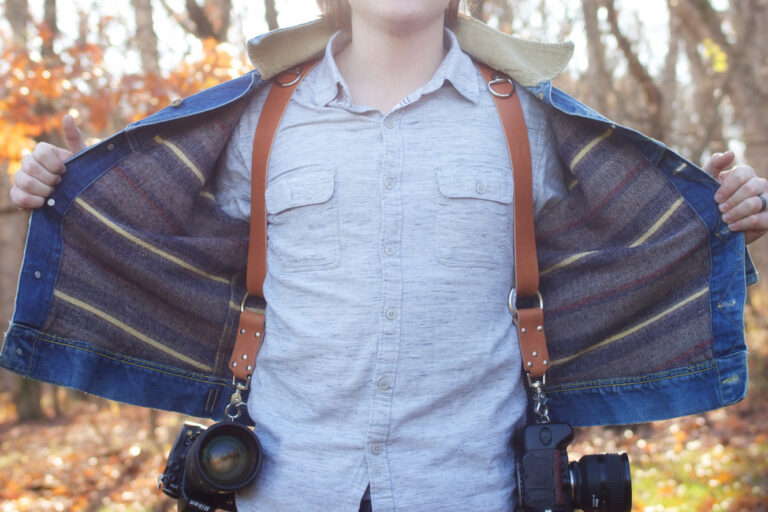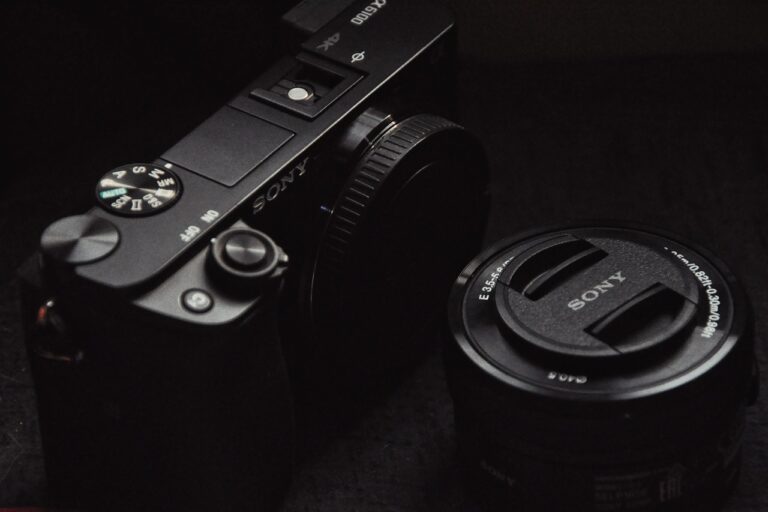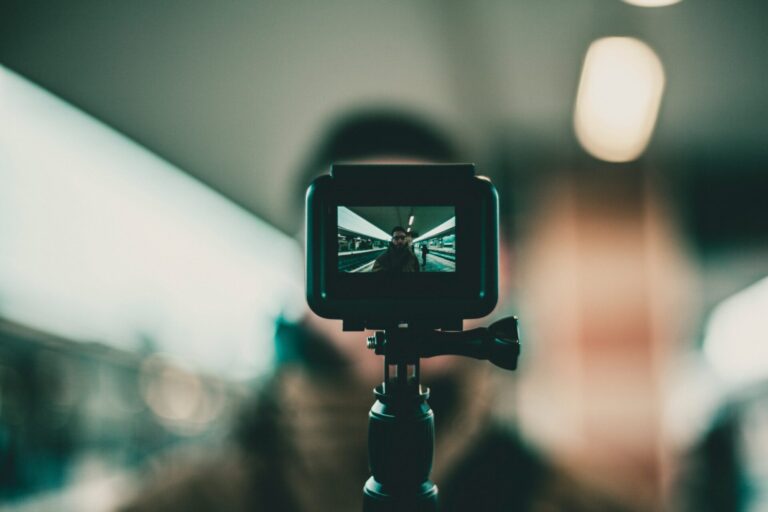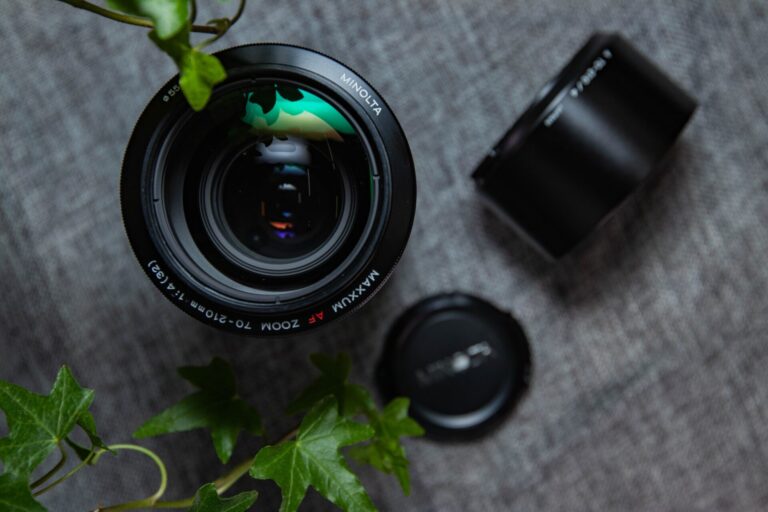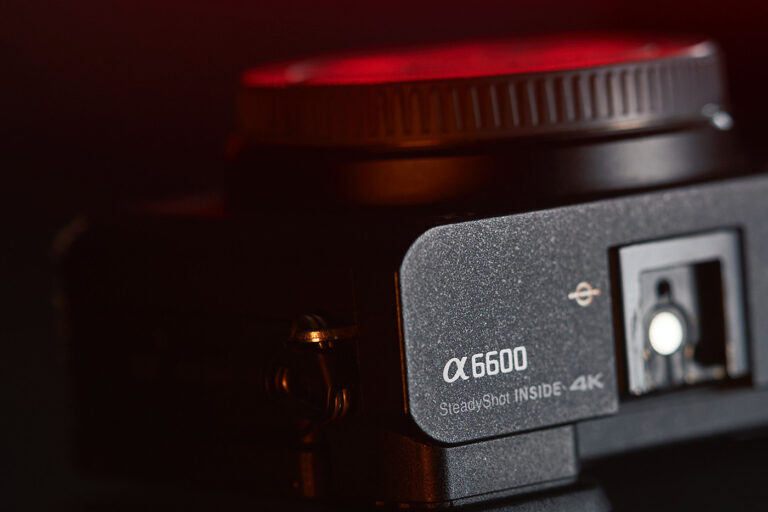DJI Osmo Action Review: A Worthy Rival to the GoPro Hero 10 Black?
DJI Osmo Action Review: A Worthy Rival to the GoPro Hero 10 Black?
$430Pros
- Front-facing screen for easy framing
- RockSteady stabilization for smooth footage
- 4K video at 60 frames per second
- Waterproof up to 11 meters without a case
- Durable and rugged design
Cons
- Limited third-party accessories
- Voice control functionality can be unreliable
- Touchscreen can be difficult to use in certain conditions
- Limited battery life
- No livestreaming capability
The DJI Osmo action camera has been on the market for a few years now, but is it still worth buying in 2023? As an action camera, it has some unique features that set it apart from its competitors, including a front-facing screen and rock-steady stabilization.
In this review, we’ll explore the camera’s features and capabilities, including its ability to shoot 4K video at 60 frames per second and its high dynamic range mode that captures more detail in bright and dark areas. We’ll also compare the Osmo action to other popular action cameras, such as the GoPro Hero series, and examine how it stacks up.
By the end of this review, you’ll have a good sense of whether the DJI Osmo action is the right camera for you. We’re confident that after exploring the camera’s features and capabilities, comparing it to other popular action cameras, and examining its travel-friendliness, you’ll have a solid understanding of what makes the Osmo action a unique and compelling choice for action camera enthusiasts.
Page Contents
Unique Features of the DJI Osmo action
The DJI Osmo action camera is a unique and versatile option for action camera enthusiasts, thanks to its array of special features. One of the most notable is the front-facing screen, which allows users to easily capture selfie-style footage or vlog their adventures. This is a game-changer for those who want to capture themselves in the frame, as it eliminates the guesswork of framing shots and ensures that subjects are always in the frame.
Another standout feature of the Osmo action is its RockSteady stabilization. This technology uses electronic image stabilization to produce smooth and steady footage, even during fast-paced activities like skiing or mountain biking. The result is less shaky footage and a more professional-looking final product.
When it comes to video quality, the Osmo action is no slouch either. It can shoot 4K video at up to 60 frames per second, allowing for stunningly clear footage. Additionally, the camera’s high dynamic range (HDR) mode captures more detail in bright and dark areas of the frame, producing more balanced footage overall.
Another major advantage of the Osmo action is its waterproof design. The camera is waterproof up to 36 feet (11 meters) without the need for an external housing, making it a great option for capturing underwater footage or filming in rainy or wet conditions.
Finally, the Osmo action is designed to be compact and durable, making it a great option for travel and adventure filming. The camera is built to withstand tough conditions and is easy to carry around, making it a great option for those who want to document their travels or extreme sports activities.


DJI Osmo action Video
The DJI Osmo action camera offers a range of impressive video functions that make it a standout option for action camera enthusiasts. One of the most notable is the camera’s ability to shoot 4K video at up to 60 frames per second. This means that users can capture stunningly clear footage, even when filming fast-paced activities like skiing or mountain biking. Additionally, the camera’s high dynamic range (HDR) mode allows it to capture more detail in both bright and dark areas of the frame, resulting in more balanced footage overall.
The Osmo action also features a range of video shooting modes, including slow motion, timelapse, and hyperlapse. Slow motion mode allows users to capture footage at a lower frame rate, resulting in dramatic and smooth slow-motion footage. Timelapse mode is great for capturing long-term events, such as the movement of clouds or the changing of a landscape over time. Hyperlapse mode is similar to timelapse mode, but allows for more movement in the frame, resulting in a more dynamic and visually interesting final product.
Another key feature of the Osmo action’s video functions is the RockSteady stabilization technology. This electronic image stabilization system produces smooth and steady footage, even when filming in fast-paced or shaky conditions. The result is less shaky footage and a more professional-looking final product.
The Osmo action also offers a range of other video-related features, such as custom exposure settings, manual white balance control, and the ability to shoot in different color profiles. These features give users greater control over their final product, allowing them to fine-tune their footage to meet their specific needs and preferences.
DJI Osmo action VS Insta360 ONE R
Two popular action cameras on the market are the DJI Osmo action and the Insta360 ONE R, and they each have unique features to consider before making a purchase. One of the main differences is their form factor, with the Osmo action having a traditional rectangular design and a small built-in screen, while the ONE R has a modular design that allows users to switch between different camera modules for added versatility. If you want to experiment with different types of footage, the ONE R may be a better choice.
Additionally, the software and editing capabilities of these cameras differ. The Osmo action is designed to work seamlessly with DJI’s companion app, which provides users with a range of editing tools and templates for creating polished videos. In contrast, the ONE R’s companion app is known to be more complex and less user-friendly than DJI’s app, but it does offer more advanced editing capabilities for those who want to take their footage to the next level.
If you’re looking for 360 cameras and are curious about how the Insta360 One X2 stacks up against the GoPro Max 360, be sure to check out our comprehensive review and comparison of the two cameras here.
DJI Osmo action VS GoPro Hero 10 Black
The DJI Osmo action and the GoPro Hero 10 Black are two popular action cameras, each offering high-quality video and durable designs. However, there are notable differences between the two that may affect your buying decision.
One significant difference is their stabilization technology. The Osmo Action employs DJI’s RockSteady stabilization, utilizing electronic image stabilization to generate smooth and shake-free footage. Meanwhile, the Hero 10 Black incorporates HyperSmooth 4.0 stabilization, which combines optical and electronic stabilization to produce even smoother footage. If you plan to capture high-speed or bumpy activities, the Hero 10 Black’s stabilization technology may provide an advantage.
Another difference is their compatibility with third-party accessories. GoPro’s long-standing presence in the action camera industry has resulted in a vast array of third-party accessories and mounts available for the Hero 10 Black. In contrast, the Osmo Action is a newer camera and may have fewer third-party accessories available. Nevertheless, the Osmo Action includes a built-in mounting system, enabling attachment to a variety of surfaces without requiring additional accessories.
In Summary
After testing the DJI Osmo action camera and comparing it to other popular action cameras, I believe it is a great option for those in the market for a durable, high-quality camera. Its unique features, such as the front-facing screen and RockSteady stabilization, make it stand out from its competitors.
The Osmo action’s video capabilities are impressive, producing sharp and vivid footage even in challenging lighting conditions. Its compact design and built-in mounting system make it easy to take on the go, perfect for travelers or content creators on the move.
Pros
- Front-facing screen for easy framing
- RockSteady stabilization for smooth footage
- 4K video at 60 frames per second
- Waterproof up to 11 meters without a case
- Durable and rugged design
Cons
- Limited third-party accessories compared to other action cameras
- Voice control functionality can be unreliable
- Touchscreen can be difficult to use in certain conditions
- Limited battery life compared to some competitors
- No livestreaming capability

